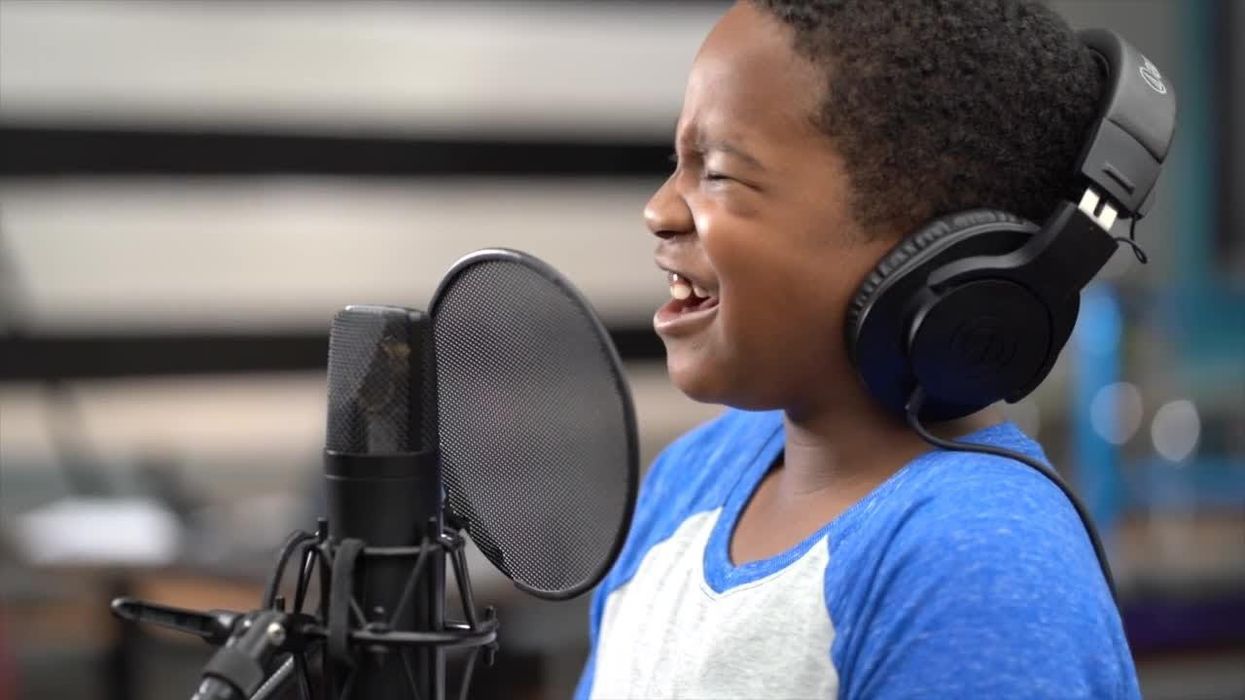In 1985, a collection of the world's greatest singers recorded "We Are The World" to benefit charities addressing global hunger. It was a recording and visual wonder in it's day.
Fast forward to a global pandemic, challenging school attendance and toxic polarization. Teacher Emmy Bodner, in Clarkesville, In., was inspired to update the recording with her students in a show of unity and hope. Of course, they modernize it with their own take!
Those of us who are old enough to remember 1985 surely remember the power of "We Are the World." The recording sold more than 20 million copies for charity.
As it did then, this rendition of "We Are the World" reminds us of the power of music to unite us. Hearing children sing the words gives more meaning and life to this beautiful melody. Their innocence, the depth of their soul, their faces beaming with joy and carelessness is beautiful indeed.
Billy Graham once said, "The greatest legacy one can pass on to one's children and grandchildren is not money or other material things accumulated in one's life, but rather a legacy of character and faith."
Listen to this beautiful rendition and feel the emotions of these children, who are our future.
Email us at pop-culture@fulcrum.us and tell us what you think and please offer other examples you may have of children contributing to bringing us together as a nation.






















